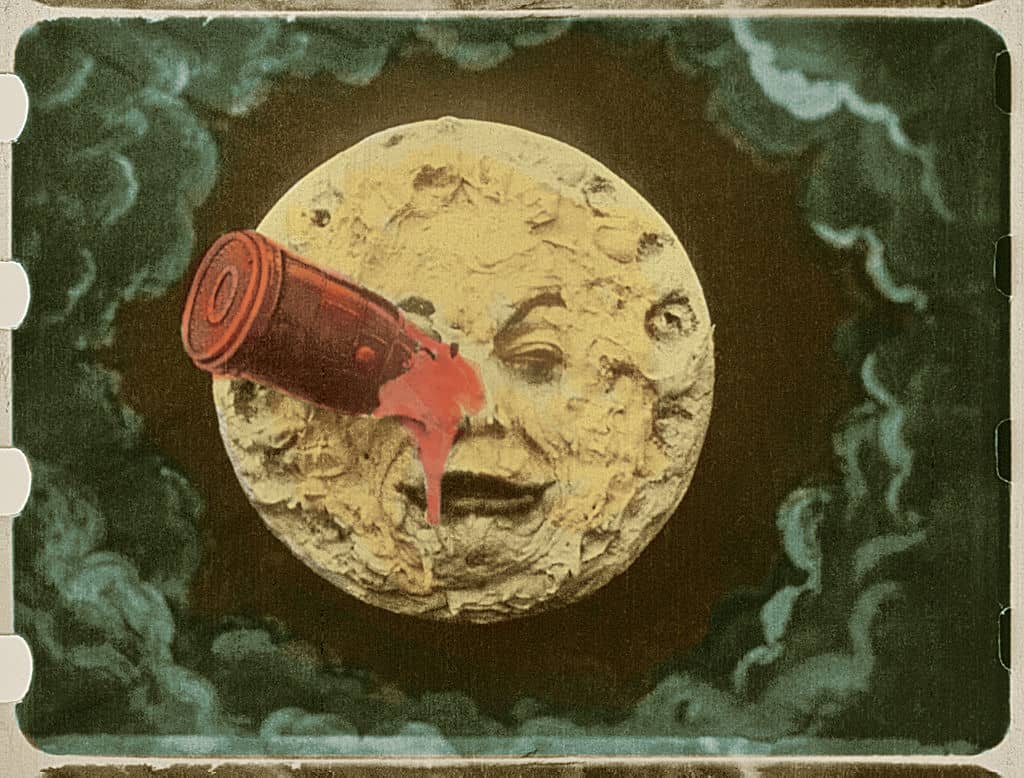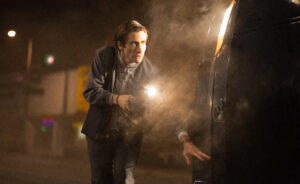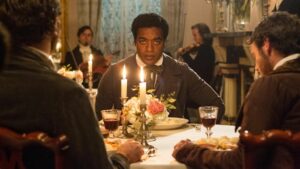Rise of Theatre
Well there is no accurate evidence when all started if we look back 2,500 years ago, many society or community practiced some kind of entertainment performance, but it is noticed that in the 6th century in Athens, Greece, the birth of theatre as seen, it was the festival called ‘dionysia’ honored to the god Dionysus, the festival was the symbolization of Pride and Power across the country, In the theatre, there was three different drama tragedy, comedy, and a satyr play and the famous playwriters of that time were Sophocles, Aeschylus, and Euripides.
the Greek theatre was structured on the hillside, where the crowd would sit at the high elevated area and performers would perform in the bottom flat area. the majority of the audience and actors were male, men can pretend women’s characters, masks were used usually to shift the character and three actors were is to act only men could vote for the best play, many plays usually involve songs and silent act also existed, only thirty-three existing theatre script out of 302 by Sophocles, Aeschylus, and Euripides.
Theatre in Medieval Times
The year Between 1500-1650 Shakespeare’s time theatre was modernized and there was dozens of theater’s namely The Swan, The Hope, The globe, The rose. The Flag is Raised in the theatre before the start of the play and the play is indicated by the color of the flag Where red is Historic, white is Romance and Comedy, Black is for Tragedy
In ancient England, there was Pagan theatre’s this practice is non entertain ritual play for the god, The Pagan theatre is to move from town to town, it is banned in the early 1500s due to the dispute between the church and the Henry VIII of England, the only people benefited is the theatre actors, the king allowed the attack on the church the rise of freedom of speech with political agenda there were lots of anti-pope shows, the henry the VIII understood the power of theater shows and how it would attach emotionally, it was the peak time of theatre, good shows were highly rewarded and some become businessman, the pagan theatre was replaced by theatre business, the actor as to travel from town to town, the villagers is to accuse the actor to be thief and gypsies, once they got approved by the local mayor, they are allowed to build the temporarily closed stage with the control gates to collect the money to enter.
King Henry VIII died in 1547 and 11 years later His Virgin Daughter Queen Elizabeth took the throne, Queen Herself was passionate about theatre, Does begins the golden age of Theatre. By Name of James Burbage decided to His own playhouse in London he was a carpenter and actor and built the first permanent Stage in London, In 1576 Burbage built the bigger Stage Named ‘theatre’ it was so huge, the city as never seen before, within the few years many permanent stage theatres popped up through the looking glass. There were so many companies that run the theatre Business, 30 different plays were written in a year, and performing different play every afternoon, was challenging not for the actor but for the play writer, One of The hailed play writers of those times is Willian Shakespeare, he Worked under James Burbage, his first plays are hugely appreciated. Later in 1594 Burbage and Shakespeare and others formed an acting company and become the favorites player writers of the Queen. 3 years later Burbage dies leaving everything to his son Richard, Shakespeare company slits and In 1599 they opened the new theatre ‘the Globe’ by the year 1600 it becomes the pride of the city, within the 13 good years, Shakespeare becomes a famous wealthy man, In 1613 three thousand Londoners attended the Shakespeare’s play Henry the VIII at the globe, during the play Canon exploded and the globe went up in flames, but quickly rebuilt, the burning of the first globe has shallowed the future of the theatre, the same year Shakespeare retired and he died at the year of 1616 at the age 52. For the 14 years theatre is thrived throughout the country, but In 1642 the great theatre days were gone due to the civil war. In 1644 the second globe was demolished and soon after all Magnificat theatre went down.
Who Invented Motion Picture Camera
There is no straightforward evidence, if we look back at history inventions and famous events are always surrounded by rumors, conspiracy theories, lack of information. when it came to motion picture camera three names come to our mind Lumiere brothers, Thomas Edison, And Louis Le prince.
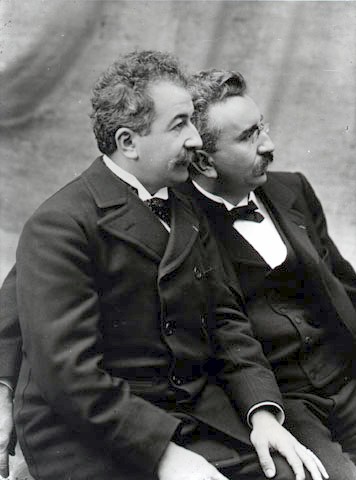 Lumiere brothers (Auguste) and (Louis) is best known for the camera and projection, but they are ones started Movie culture back those days, they went public after their invention of Cinématographe, they held a first movie screening on December 28 1895 at the Grand Café in Paris, screening of a 50-second film called ‘La sortie des ouvriers de l’usine Lumière’ (Workers Leaving the Lumière Factory) people have never seen like this before. And they are the ones who came up with film posters. they quit the movie business in 1905 telling there no future in it. This all started by their father Antoine Lumière a good painter then turned to photographer, had a small shop of photographic plates, later Louis invented the ‘dry plate’ it boosted their business and opened multiple factories by the year 1894. Antoine inspired by a kinescope, told his sons to develop a cheaper and more adequate alternative. In 1894 they began with the experiment, the following year 1895 they succeeded with a single motion picture.
Lumiere brothers (Auguste) and (Louis) is best known for the camera and projection, but they are ones started Movie culture back those days, they went public after their invention of Cinématographe, they held a first movie screening on December 28 1895 at the Grand Café in Paris, screening of a 50-second film called ‘La sortie des ouvriers de l’usine Lumière’ (Workers Leaving the Lumière Factory) people have never seen like this before. And they are the ones who came up with film posters. they quit the movie business in 1905 telling there no future in it. This all started by their father Antoine Lumière a good painter then turned to photographer, had a small shop of photographic plates, later Louis invented the ‘dry plate’ it boosted their business and opened multiple factories by the year 1894. Antoine inspired by a kinescope, told his sons to develop a cheaper and more adequate alternative. In 1894 they began with the experiment, the following year 1895 they succeeded with a single motion picture.
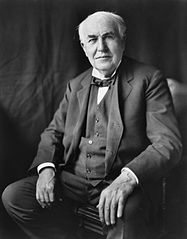 Thomas Edison and his assistant William Kennedy Laurie Dickson invented Kinetoscope in 1889, it is a device for viewing motion pictures one person at a time in the peephole. before the invention of the kinetoscope, he met Eadweard Muybridge after his lecture. In Edison’s laboratory to describe how photography combined with image motion. no such collaboration took place. after the kinetoscope, Edison gave in charge to Dickson. but Dickson and Edison were unable to sync the sound of the phonograph with the kinetoscope. The Kinetoscope was completed by 1892, the commercial price was set $250 to $300 and the viewing price was set 25 cents. he was inspired by the visit to France by the scientist Étienne-Jules Marey, his chronophotography captured 12 conservatives image per second Marey have filming birds by converting gun into the camera by taking a rapid picture of them. after going public, In eleven months Edison’s company earned more than $85,000. And Edison is known as one of the important figures in motion pictures camera.
Thomas Edison and his assistant William Kennedy Laurie Dickson invented Kinetoscope in 1889, it is a device for viewing motion pictures one person at a time in the peephole. before the invention of the kinetoscope, he met Eadweard Muybridge after his lecture. In Edison’s laboratory to describe how photography combined with image motion. no such collaboration took place. after the kinetoscope, Edison gave in charge to Dickson. but Dickson and Edison were unable to sync the sound of the phonograph with the kinetoscope. The Kinetoscope was completed by 1892, the commercial price was set $250 to $300 and the viewing price was set 25 cents. he was inspired by the visit to France by the scientist Étienne-Jules Marey, his chronophotography captured 12 conservatives image per second Marey have filming birds by converting gun into the camera by taking a rapid picture of them. after going public, In eleven months Edison’s company earned more than $85,000. And Edison is known as one of the important figures in motion pictures camera.
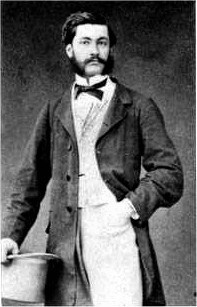 Louis Le Prince is the Frenchman also called father cinematograph, his father was an army man and a good friend of Louis Daguerre (Daguerreotype). Daguerre started teaching photography and chemistry to prince, this sparked the interest in camera and films, he was fascinated by the work of Eadweard Muybridge(The Horse in Motion). he was successful in creating a camera of 16 lenses which would take 16 photos at the particular time, it wasn’t a totally successful, the picture would overlap one another due to the different placement of the lenses. In 1888 created a single-lens camera. later he applied for a patent but it was denied, there 2 Second motion picture exists to this date he named as a Roundhay Garden Scene. it was the first motion picture, he was disappeared on 16 December 1890 he went to meet his brother in Dijon, France and went missing after returning. There were many theories, family suspicious Edison for the patent war. But Mysterious Disappearance was Never solved.
Louis Le Prince is the Frenchman also called father cinematograph, his father was an army man and a good friend of Louis Daguerre (Daguerreotype). Daguerre started teaching photography and chemistry to prince, this sparked the interest in camera and films, he was fascinated by the work of Eadweard Muybridge(The Horse in Motion). he was successful in creating a camera of 16 lenses which would take 16 photos at the particular time, it wasn’t a totally successful, the picture would overlap one another due to the different placement of the lenses. In 1888 created a single-lens camera. later he applied for a patent but it was denied, there 2 Second motion picture exists to this date he named as a Roundhay Garden Scene. it was the first motion picture, he was disappeared on 16 December 1890 he went to meet his brother in Dijon, France and went missing after returning. There were many theories, family suspicious Edison for the patent war. But Mysterious Disappearance was Never solved.
The reason why the people believe Louis Le prince was the first inventor of the motion picture, in his first film Roundhay garden scene it features Louis’s son Adolphe Le Prince, his mother-in-law Sarah Whitley, his father-in-law Joseph Whitley and Annie Hartley. Sarah Whitley died on 24 October 1888, 10 days after the shoot. it has been documented.
Innovation Contributors Of Motion Pictures Camera
Ray Breslin (Sylvester Stallone) is the security specialist he could escape any prison, he receives a million-dollar deal from the CIA, to escape the unknown top-secret prison so that stop their prison funding, however, he accepts the deal to go to an unknown located prison by changing his identity to the terrorist Antony Portos. gets captured and debug his tracking chip.
Name Of Inventor
Type Of Device
Year
Patent location
Louis Le Prince
Single-Lens Camera MkII
1888
UK
William Friese-Greene
—
1891
UK (Lapsed)
Click Links in the above table will show the patent document in the particular country
The Curse Story Of Georges Méliès
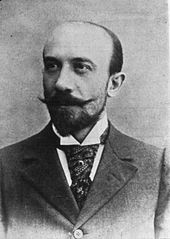 Le Voyage Dans la lune also known as A trip to the moon(1902) directed by Georges Méliès. This 18minutes fiction movie has a rating of 8.2 on IMDB, This drama fiction was the start of cinema, Méliès was a stage magician, and one day he saw the Lumière brothers 56seconds train getting into the station video clip which they named Cinématographe. Méliès offered 10,000Franc for the device Lumière brothers refused to keep control over their invention and then he brought the Animatograph form Robert W. Paul and Edison manufacturing company and modified by his own, then he discards his own camera and purchase a camera made by the Lumière brothers. In between 1896 to 1913 Méliès directed 500 films one of them was A trip to the moon was a success, his directing contained tricks, disappearing, and special effects too ahead of that time. Thomas Edison made similar to Méliès work and he named it A trip to Mars, which was very successful in the US and made money, Thomas Edison took all credit for that, Méliès did not get any appreciation and he stopped directing in 1914 due to the World war 1, Many of his work reel used for the army medal and hand-colored reel of A trip to the moon recovered in Barcelona Spain 20 year ago.
Le Voyage Dans la lune also known as A trip to the moon(1902) directed by Georges Méliès. This 18minutes fiction movie has a rating of 8.2 on IMDB, This drama fiction was the start of cinema, Méliès was a stage magician, and one day he saw the Lumière brothers 56seconds train getting into the station video clip which they named Cinématographe. Méliès offered 10,000Franc for the device Lumière brothers refused to keep control over their invention and then he brought the Animatograph form Robert W. Paul and Edison manufacturing company and modified by his own, then he discards his own camera and purchase a camera made by the Lumière brothers. In between 1896 to 1913 Méliès directed 500 films one of them was A trip to the moon was a success, his directing contained tricks, disappearing, and special effects too ahead of that time. Thomas Edison made similar to Méliès work and he named it A trip to Mars, which was very successful in the US and made money, Thomas Edison took all credit for that, Méliès did not get any appreciation and he stopped directing in 1914 due to the World war 1, Many of his work reel used for the army medal and hand-colored reel of A trip to the moon recovered in Barcelona Spain 20 year ago.
Why studios left New York in the 1900s
Thomas Edison played important role in motion pictures and he is the inventor of the Kinetoscope although most of the work was done by William Kennedy Dickson, an employee of Edison. it estimated that Edison had over 1000 patents in the united state. he had a monopoly over the films, In the early 17 century the films studios located in New York, and Edison had control over it he also had patents for the camera and equipment. In the early 1910s, D.W Griffith sent his company to the west coast, they filmed near Los Angeles and north of Hollywood, then Griffith shot his first film ‘in old California’ back then the place belongs to Mexico. Griffith made several movies there before returning to new york, Many other creators moved to Los Angeles after hearing about Griffith. To stay away from Edison taxation and that’s how Hollywood started.
The Golden Age Of Cinema
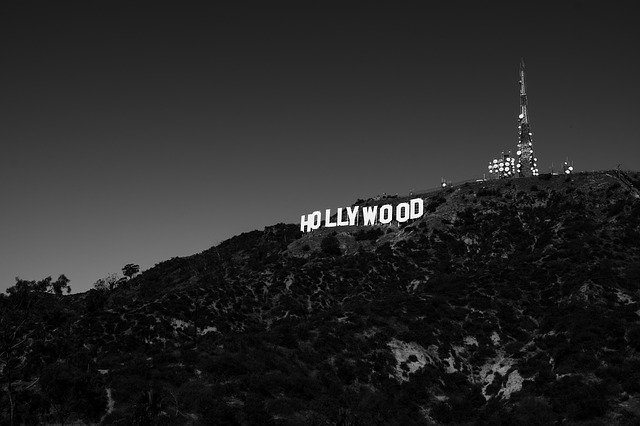
In the 1930s movies were the popular sources of entertainment, long length movies were preferred by people but before that, In 1906 Australian Bushranger film length was around 1hr 10min long Movie called The Story of the Kelly Gang and directed by Charles Tait, Millard Johnson, W.A. Gibson and it was the stepping stone of the modern cinema’s. The audience rapidly increases after they could hear the actor speak, music, special effects. During the great depression, every major industry got hit, but not Hollywood. the big five (RKO, 20th Century Studios, Paramount Pictures, Warner Bros, MGM) figured out their own style like RKO used to make musical-romance, MGM movie was unique from the other. during the recession the average of 800 movies per year.
In 1922 after the success of the color motion picture ‘Technicolor’- merging two different positive colors into a single print. the movies like Toll of the Sea (1922) and Fairbanks’s The Black Pirate (1926) made using this process. this process was simply expensive and low-quality production stayed away from it and the dye-transfer, there were significant raise of technicolor in 1929 declined in 1932, until the three-color system for next 25 years almost every movie like The Three Little Pigs (1933), Becky Sharp (1935), The Adventures of Robin Hood, (1938), The Wizard of Oz, (1939), Gone with the Wind, (1939) produced using this process.

